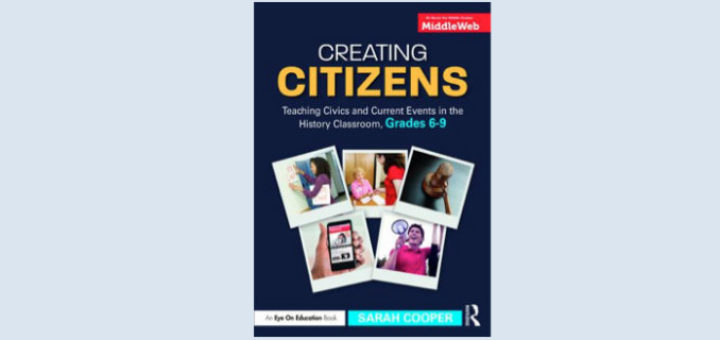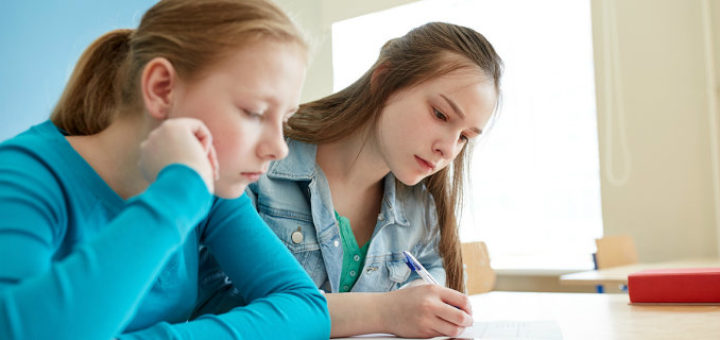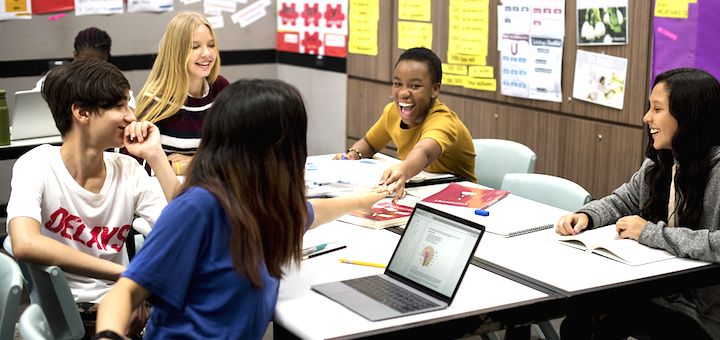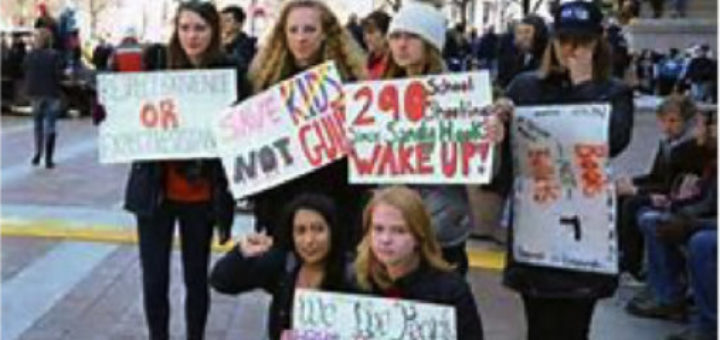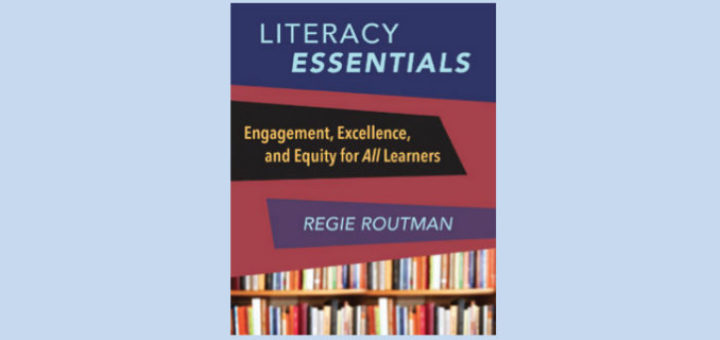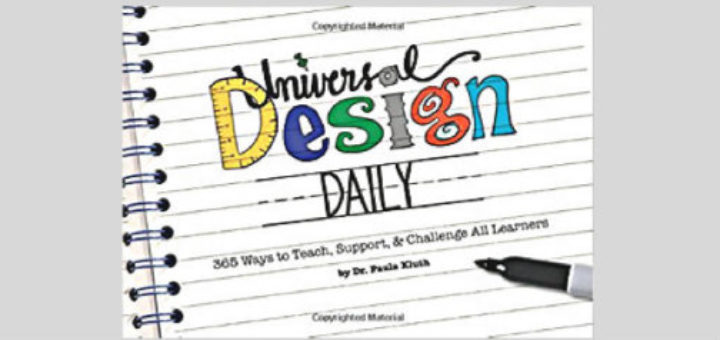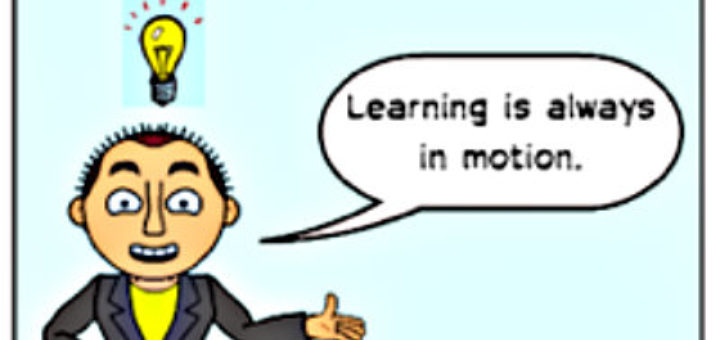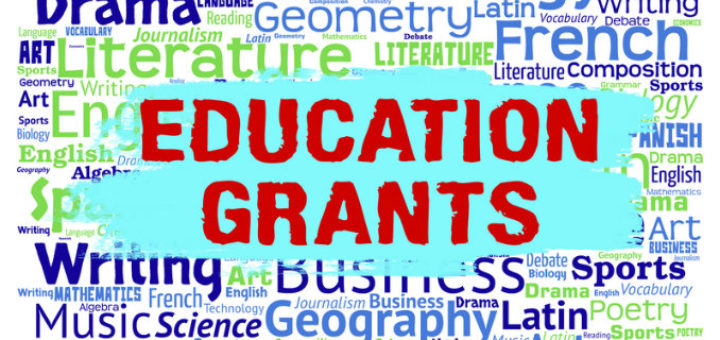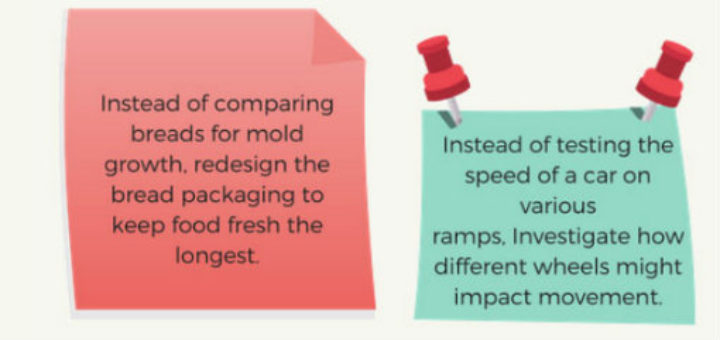Teaching and learning in grades 4-8
Sarah Cooper’s Creating Citizens will ignite a passion for discovery, challenge students to seek information from wide ranging sources, and help them apply their learning and form their own opinions about history, civics and current events, writes Linda Biondi.
Grammar doesn’t need to be numbing. As you consider curriculum additions and tweaks over summer, author and literacy consultant Sarah Tantillo suggests ways you can incorporate grammar into those refreshed lessons to help students understand structure and write more clearly.
Given what we know about the adolescent brain, is it realistic to attempt to teach middle school students how to manage their emotions and use their best knowledge and judgment? Emotional intelligence expert Dr. Maurice Elias says it’s not only realistic but imperative.
How can teachers broach the topic as civic protest becomes more visible in society? NBCT Rita Platt offers resources for student reading and discussion “because learning to thoughtfully communicate ideas and entertain the ideas of others is a cornerstone of democracy.”
Moving current events front and center has been one of the most influential paradigm shifts in Sarah Cooper’s years of teaching U.S. History. How does she find the time? Learn three simple ways to help students stay attuned to the news and make historical connections.
Leafing through Regie Routman’s Literacy Essentials feels not so much like reading a book as like talking with a master teacher, or maybe wading in and out of a calm ocean, writes teacher Sarah Cooper, who finds it a compendium of wisdom about teaching and about life.
Offering 365 ways to teach and challenge all learners, Paula Kluth’s Universal Design Daily provides many fresh and tried and true ideas for incorporating UDL into the classroom, says special education teacher Stacy Thorpe. A great resource to share with coworkers.
After five years, 6th grade teacher and NWP activist Kevin Hodgson is retiring his popular Working Draft column for MiddleWeb. In entry 72 he shares links to favorite posts and highlights three central principles about writing that have guided his blogging and teaching.
With summer’s slower pace, some educators’ thoughts may be turning to classroom grant-seeking. Amber Chandler is always on the lookout for funding that helps her kids. She’s batting 20 percent (double the average) and is happy to share tips to boost your own success rate.
Is it time for science fairs to make way for STEM fairs? Anne Jolly takes a close look at traditional fairs – the drain on time, equity issues, questionable competition, and curriculum disconnect – arguing that STEM team activities offer a more purposeful fair framework.

